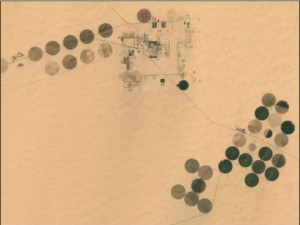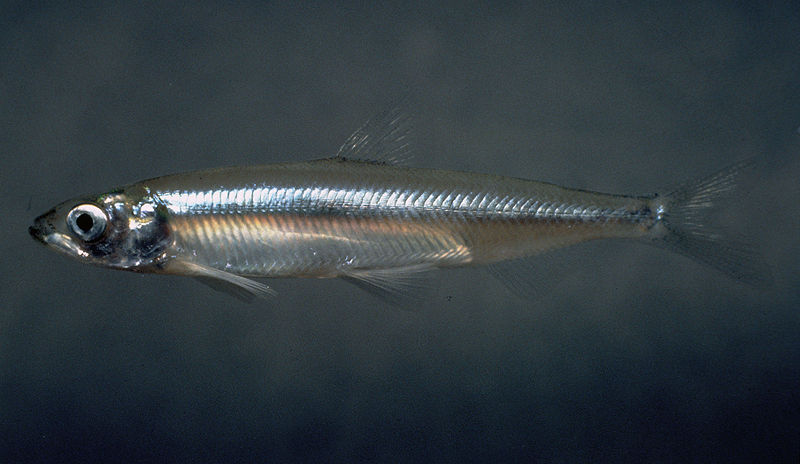温暖化対策の法案であるAmerican Power Act(Kerry-Lieberman climate change bill)が987ページもあるのは何故か。
Making the Simple Complicated
経済学入門レベルでの温暖化対策は実に単純だ。温暖化が起きてしまうのは、大気汚染同様に、温暖化ガスを排出している主体=生産者が排出の本当のコストを負担していないからだ。二酸化炭素を出しても温暖化の分だけ罰金がかかるわけではないので出しすぎてしまう。
これを是正するのは簡単だ。生産者が排出の本当のコストを全て負担するように税金をかければいい。このような税金をピグー税という。税方式は、直接排出を規制するのに比べて多くの利点がある。以下はその例だ:
- 経済主体が各自最適化するので情報面での政府の負担が少ない
- 投資に関するインセンティブを歪めることなく税収が得られる
では、この法案はどうして1000ページ近くなってしまったのか。
First, it tries to do far more than just charge for carbon emissions.
一つ目の理由は二酸化炭素排出抑制以上のことに手を伸ばしすぎていることだ。
Standard economics suggests that many of these interventions would be unnecessary if we had the right tax on carbon emissions; if companies pay the full social costs of their actions, they have the right incentives to invest in greener technologies without any further help from Uncle Sam.
上に述べたように、適切な税(ないし排出権取引市場)を整備すればこうした政府によるマイクロマネジメントは本来必要ない。省エネ技術を直接補助しなくても、エネルギーが高くなれば投資・開発・利用は進むということだ。
The second reason that the bill is so big is that it uses a complicated cap-and-trade system rather than a simple Pigouvian tax.
二つ目の理由は、この法案が税方式ではなく排出権取引を利用していることだ。税方式であれば排出量さえ分かればあとは単に課税するだけだが、排出権取引の場合には権利の割り当てから取引市場の整備など制度的な負担は大きくなる。
In theory, a permit system can be identical to a tax.
排出権が税金に理論上劣っているということではない。どちらにしろ最適な水準を計算して、それだけの排出権を割り当てるかそれを実現するのに適切な税率を設定することになる。
Fixing the number of permits may actually be the right thing to do. As my colleague Martin Weitzman wrote almost 40 years ago, quantity controls are better than prices if we are more certain about the right quantity than we are about the right tax.
排出権という形で量を先に固定することは、税率よりも排出量に関する不確実性が大きい場合には(社会厚生的)に有利な政策となる。温暖化の場合でいえば、どれだけ温暖化ガス排出を抑えるべきかの方が単位当たりの費用を考える方がらくであれば排出権のほうが望ましいということになる。
Giving away permits rather than selling them is often defended as a means of ensuring that global warming doesn’t become an excuse for higher taxes.
排出権を無償で割り当てることは、温暖化対策を新たな税源とするのを防ぐという効果がある。これは税金に対する反感が根強いアメリカでは政治的に重要だろう。しかし、ピグー税による課税のメリットを享受できなくなる。
制度が複雑になる社会的な費用も考えればどちらが望ましいかは微妙なところだろう。
International trade is a third reason that this bill is so complicated, because we are trying to use domestic legislation to handle a global externality.
三つ目の理由は国際貿易だ。温暖化対策は国際的な枠組みで行わなければ効果がないが、現状では各国の国内法と条約を組み合わせていくしかなく、これによって制度が複雑になるのは避けられない。
If such treaties fail to materialize, the United States may start charging imports for the carbon used in their production.
ちなみに法案によれば貿易相手国が条約を遵守しない場合には、炭素量に応じて関税をかけるとのことだ。
While I understand the economic and political logic behind this approach, it is a distinctly dangerous path. Our trading partners will argue that these charges are tariffs in disguise.
これは、水掛け論から貿易戦争に突入する危険を孕んでいる。


